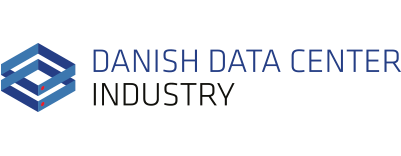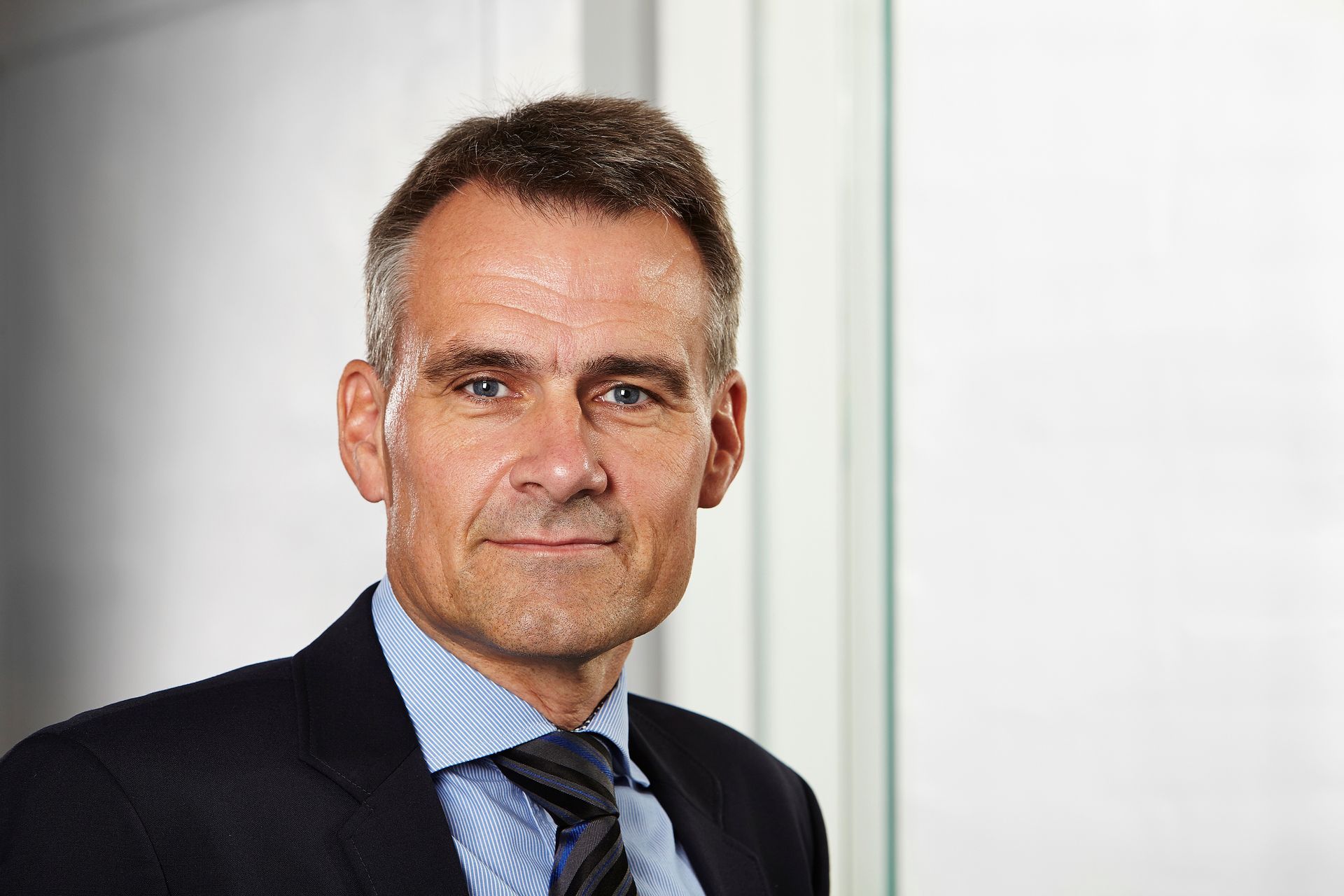Derek Webster, Andget Ltd Consulting
In a FLAP or in the wrong tier location?
Why are European data centers in a FLAP (Frankfurt, London, Amsterdam and Paris)? Also called ‘Tier 1 locations’ where there is high concentrations of data center investments?
They are approximately above and below latitude N 50°, which also has the highest concentration of Europe’s population. In data center terms that means close to end-users, volume and what web giants call ‘Eye-Balls’ to content. Coincidence? No. It reflects a time when being close to markets, its corporations and users were key, to meeting the business case, close to communication networks and exchanges.
Since Internet Service Providers emerged in the late 1980s, mainly in the FLAP region, and the invention of the World-Wide-Web in 1990, we have seen social media bring people closer globally, and the birth of a new global digital economy. 34% of investors questioned in the ‘2018 EY Attractiveness Survey Europe’ show The Digital Economy as the leading investment class. Data centers are the heart and lungs of the underlying infrastructure.
The increase in fibre volume deployment and optical algorithms over the last 25 years has redefined some business metrics. We are moving from ‘where are you?’ to ‘how fast are you?’ as a more relevant measure. In cross-border terms, this is a revolution in changes to strategic thinking and activity. Global data traffic is more than 1 Zettabyte and will triple by 2021 with cross border traffic seeing huge growth.
If we had a ‘how fast are you’ land map drawn in milliseconds (ms) speed and plot the speed and bandwidth needed for digital applications & service type. Back-Office, analytics to HPC applications may not need fast networks, whereas high-speed trading, edge IoT, gaming, cache/video & streaming will do. What an informative map this would be to assess market reach against a FLAP latitude N 50°. To add some context some large network providers will tell you that they can reach anywhere within Europe in 50 ms, (1ms = just under 300,000 km/s or the speed of light. 5ms is a camera flash and 120ms is a blink of an eye). This again asks use new digital age questions in our thinking of a location.
With this dynamic map data type we could define a ‘Tier Service Location Layer’ (TSLL) map/concept which could be applied to ‘where the data center could be aligned to market reach with speeds’. Should we include applications/services/foot print impact types, we start to adjust traditional business norms and terms to investment location criteria. We could summarise this in 3 location speed layers. TSL Layer 1 is dedicated to fast services with the need for speed. TSL Layer 2 for bulk commercial market reach and cloud, and where TSL Layer 3 includes slower latency and some cloud functions.
Investment and the case for not being in a FLAP
Data center location & site selection is the biggest single physical decision you will make that effects CAPEX & OPEX numbers. Location is also the biggest decision in terms of total costs relative to market reach. However, not being in a FLAP region could well be an advantage for lower speed applications (TSL Layer 2&3). Considering the link of location to speed, you may end up with your data center on a short list out of a FLAP city, FLAP country, or even out of a region. When you consider the 50ms or better speed numbers, your Mediterranean regional market reach going north could be provisioned from a data center in the Nordics (generally Denmark, Finland, Iceland, Norway and Sweden).
Let’s consider the Nordics
Perceived as a ‘Tier 2’ data center market, the Nordics have in recent years seen investments from cloud and hyperscale players, with Facebook, Google, and Apple all choosing to locate in Denmark. In Sweden Facebook is set to expand, whilst AWS announced 3 builds in the country. In Norway Microsoft is set to invest in multiple data center locations, whilst Google is expanding its operations in Finland. But it is not just the hyperscale players providing FDI; enterprises and colocation providers are increasingly investing in the Nordics.
If we consider the benefits of not being in a FLAP to the €1.4tr GDP Nordic region and its estimated $3+bn recently invested in data centers (Global top 10 in capital expenditure in the last 12 – 18 months for FDI according to BroadGroup Consulting), what would we find in addition to the Nordic nations sharing the Nordic Cross of their national flags? Some of the key points are:
- Speed to Market in a Safe Location: Politically and environmentally stable with municipalities that are welcoming the data center sector and able to offer fast permit process, supporting real estate provision in placing the runway for FDIs to land. Nordic nations rank highly in the World Bank’s Ease of Doing Business Index. This year Denmark #3, Norway #8, Sweden #10, Finland #13.
- Low Cost Low Carbon Secure Power: Providing low carbon or carbon neutral renewable energy resources at favourable rates with extended fixed terms. Governments have provided tax reductions and promoted energy security. Colo power SLA is key to a reputation metric where we see Nordic data center energy availability is said to be 800MW. In my view an underestimate as it has been reported that 5.5GW of renewable energy is available in brown and greenfield locations in this non-FLAP region. Norway’s Kolos project is offering 1GW of real estate asset alone. The World Energy Council’s Energy Trilemma Index rates countries’ energy performance around the world and monitors. In the 2017 Global report overall we see: #1 Denmark, #2 Sweden, #7 Norway.
- Connectivity: AWS cited proximity to internet exchanges as a key factor to landing in the North. Denmark has direct fibre to the USA and will be the landing point in Q4 2019 for another USA link. There are existing fibre links from Norway to the UK and new routes in the planning, yet we see Finland looking to access the proposed North East Passage ($850m 10,000Km Polar fibre route) from China which is expected to cut Asia to Europe speeds by half. We may be seeing the quickest routes to moving traffic globally via the North!
- Total Cost of Ownership : Lower land , power, near free-cooling/costs make for a good start. Not many regions have the infrastructure to reuse data center heat in bulk thus offering an added business and green consideration. For example, 10% of the heat in Stockholm is generated by data centers, whilst in Finland the Yandex data center supplies hot water to Mäntsälä City district heating system reducing CO 2 emissions by up to 40%.
- Eco-systems & Active Government Support: World class education and high skills capability from long established technology and high availability sectors, even data center education vocational courses are emerging rapidly. The Nordic Nations have Government agency data center teams helping via their ‘Invest in’ Nation departments and municipalities
The right questions
Recently I was consulting to an Asian enterprise on their data center site selection strategy. They were considering investing in their first site in Europe. One of their main criteria was market reach to English speakers, and they assumed London would be the obvious location. Yet, in the rules of the ‘digital age’ was that the right question? I explained in my initial report that in Western Europe, excluding the UK, there were 99 million English speakers, with an additional 21.5 million in the Nordics, and that Ireland with 98% English speakers is 1% more than the UK itself and the Nordics close by. When taking their 50ms latency figure into consideration, it was clear to the client that this locations scope was much wider than their initial perceived notion. The ‘where are you’ question was limiting and not the right one to ask for this metric aligning to the services, yet ‘how fast do you need to be?’ to access your market offered more possibilities.
Digital rules are busting traditional thinking to obtain better returns on investment in many ways. With global data center traffic set to increase significantly, we will see even more data centers being built in all shape, sizes and forms in various markets, serving different purposes. The data center investment landscape is changing in tandem with new technological advances, and operators need to align their strategies accordingly.
__________________________________________________________________________________________________

Derek Webster has been working in the data center industry for 25+, leading teams and delivering innovative solutions to the sector. Derek has extensive experience in data center design and build. In recent years, he has been specialising in site selection, helping governments & development agencies to review and align Foreign Direct Investors (FDI), attractiveness and ‘Added Value’ to their National offer’s.
Contact us



